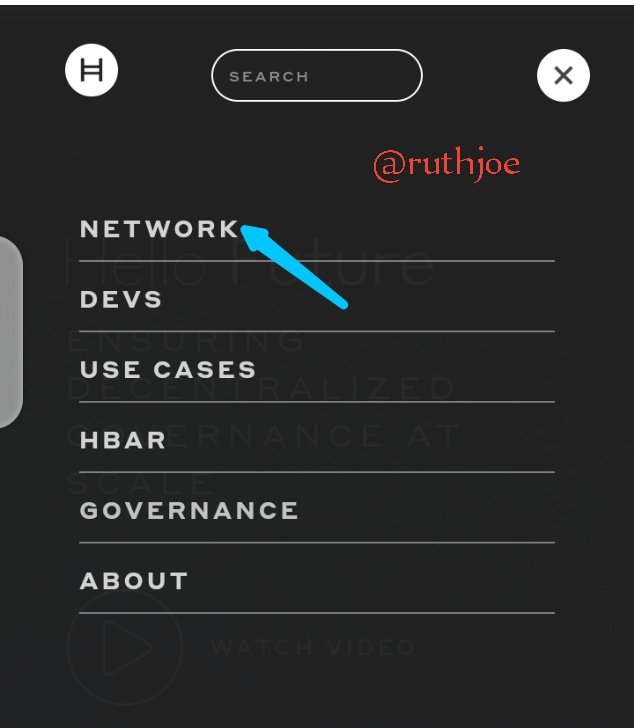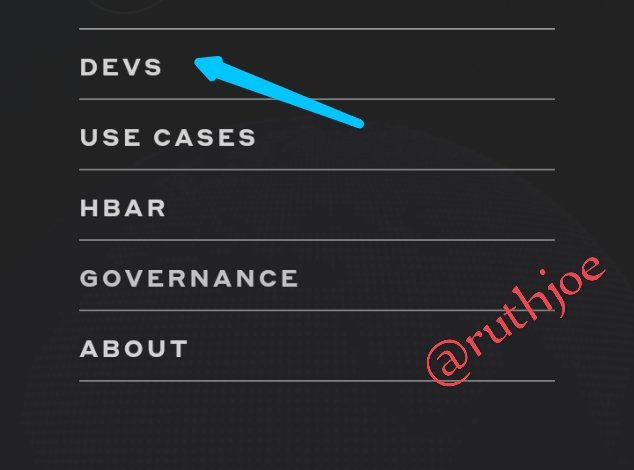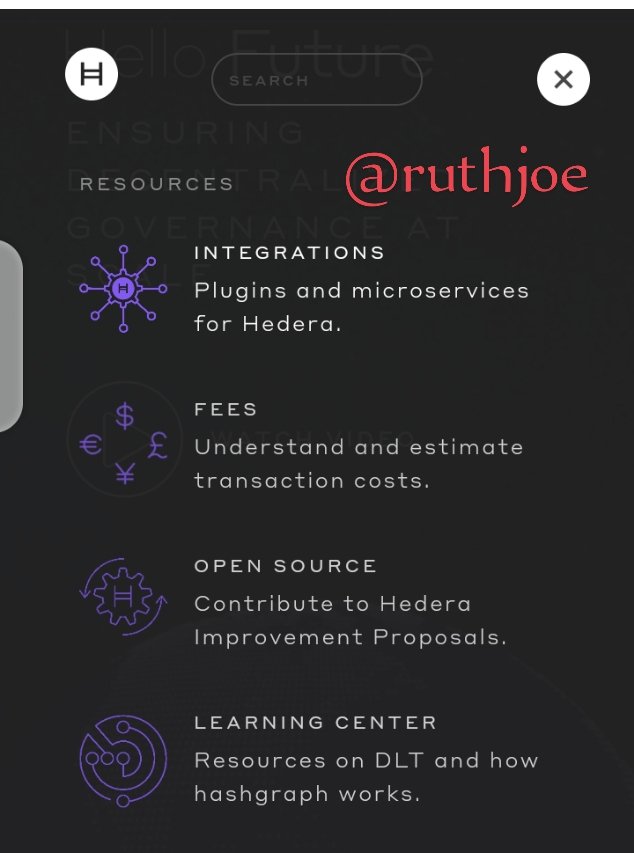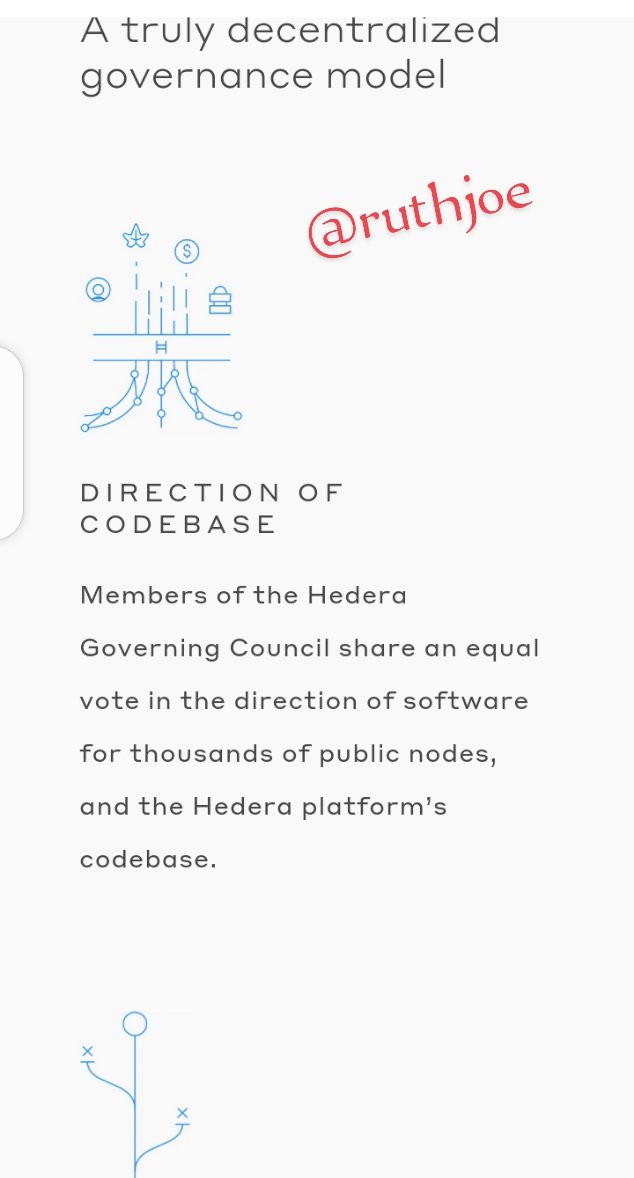CRYPTO ACADEMY WEEK 16- HOME WORK POST FOR PROFESSOR @pelon53 ON HASHGRAPH TECHNOLOGY BY @ruthjoe
Hello steemains,
Its been a pleasure to been a part of season 2 of the steemit crypto academy lectures and home work. Am also glad to be a part of this weeks course which happens to be the last before the break. I must say thank you so much professor @pelon53 for a well delivered and interesting lectures on "hashgraph technology"
Without wasting time i would like to answer the questions that followed after the lectures.
Question 1 : Explain in details the gossip protocols used in hashgraph
Professor @pelon53 has done justice to the topic hashgraph but for the sake of emphasis I would like to say that;
"Hashgraph" is a consensus algorithm that is decentralized in nature. It is fast, efficient and secured.
One basic protocol for hashgraph is the gossip protocol.
what then is the gossip protocol?
The word gossip today connotes a negative meaning, but in hashgraph the case is not the same. The word gossip in our everyday life is the fast spread of information from one person to the other. The gossip protocol adopts its principle and name from the everday gossip that happens around us.
Gossip protocol is an system of consensus algorithm where inflrmations are spread across nodes in the hashgraph.
ORIGIN OF GOSSIP PRINCIPLE
Just like gossip in our todays world has it source, gossip protocol also has how it started too.
Gossip protocol originates from the epidemic algorithm of the year 1987 that was told as stories by some people like Demers Alan, Hauser Carl and others. Gossip protocol was used for the first time ever in the network that founded the popular internet we hear of today as a routing system.
WORKING PRINCIPLE OF GOSSIP PROTOCOL
Gossip protocol functions by the spread, distribution, or movement of information in a network node.
Before the spread of an information in the network, something happens, and whats that? The nodes come together to pair. This means that informations are only distributed among the nodes paired together, which also goes ahead to randomly choose another paired nodes to pass the information and that is how information is spread. The spread of these information occurs very fast.
TYPES OF GOSSIP PROTOCOLS
There are some who say we have 2 types of gossip protocol. For me i choose to go with those who believe it is 3 types.
Protocol which disseminate: This protocol is the type that uses gossip to spread the information across the nodes. And this is done by the use of reported events.
Anti - Entropy protocol : The word Anti means something against. This is the type of protocol used for correcting data or information that exist more than once or modifying them.
Computing aggregate; this type of protocol works by arranging the information gotten in the network, evaluating them and putting them together to arrive at a result and send them to other nodes.
ADVANTAGES OF GOSSIP PROTOCOL
The following are advantages of gossip protocol
Decentralized: gossip protocol has the advantage of been decentralized ie no central point of one man's control. Information are distributed randomly
Accurate : gossip protocol spreads information correctly
Scalable
Fast
The same and specific Job : in gossip protocols all the nodes have the same and specific job. No one node has a different function from any, they all operated alike. Therefore in a case where there is system failure, their aim to will not be interrupted.
EXAMPLES OF OTHER APPLICATIONS OF GOSSIP PROTOCOL
- Apache Cassandra software
- Ripples Database:
- Dymano
Question 2: Explain tolerance to byzantine faults in Hashgraph
Byzantine fault tolerance is the process by which a network gets into agreement on a particular or specific value to reach weither there is failure in the network of nodes or weither the information distributed is not correct.
Tolerance to byzantine fault is a principle gotten from an event called " Byzantine General problem". After this problem ocured, tolerance to byzantine fault was then designed as a solution to avoid future failure of a system reaching an agreed using some strategies to achieve it.
The aim for which tolerance to byzantine fault in hashgraph was created, is to solve the problems faced during the distribution of a computing system.
Hashgraph is regarded as an asynchronous byzantine fault tolerance when a node or group of nodes in a network can not be stopped or prevented from arriving an agreed consensus. And Consensus can not also be changed once it is achieved.
Because Hashgraph is decentralized, it is important to know the time taken to reach consensus because of the work load handled therefore in the asynchronous byzantine fault tolerance all the nodes involved knows when the consensus has been achieved. It is also worthy to note that asynchronous byzantine tolerance is the strongest form of the byzantine fault tolerance seen. This secures the hashgraph against any attack.
Question 3: make a comparison between hashgraph vs blockchain for a voting process in your country. Which technology would you choose and why?
Before i go on with the comparison between them, i would like to briefly explain what the two technologies means.
What is blockchain technology?
Today blockchain is well known because it is used by almost all crypto currencies and for voting too.
Blockchain technology is a decentralized system of peer to peer network.
What is hashgraph technology?
Hashgraph technology is a consensus algorithm, also decentralized too but it uses the gossip protocol and the virtual voting to arrive consensus.
For a voting process lets see the comparison between the blockchain and the hashgraph technology.
Blockchain is fast but compared to hashgraph, blockchain is slow. The presence of the gossip protocol makes the hashgraph faster.
Hashgraph is more efficient compared to the blockchain because of its mechanism used while block chain is less efficient because of the presence of blocks it makes working on it difficult
In hashgraph nodes that spread information in the network are chosen randomly on like the blockchain where users decide on the information they want to pass across
For blockchain there are different ways to reach consensus example is proof of stake while for hashgraph consensus is arrived at through the use of virtual voting.
For a voting process in my country i would choose the hashgraph technology and here are my reasons.
My country is Nigeria and it is most populated black country in Africa with a population of over 201 million as at 2019. I would prefer hashgraph technology in my country because of its speed so that everyone who is eligible to vote will vote and no one will be left without voting. In my country, not everyone who registered has the opportunity to vote because the population is much so technology used is slow with respect to
The stipulated duration for the election.
Another reason for choosing hashgraph for a voting process will be because hash graph uses asynchronous byzantine fault tolerance. This will prevent hackers from breaking in to manipulate votes or results. It has been noticed that most times during elections alot of criminal activities are experienced such as hacking of systems, missing ballots etc. So hashgraph is a good one for a voting process in my country, because consensus is reached not minding any attack.
I believe accuracy, security and speed of voting in my country will improve with the use of hashgraph technology.
Question 4 : Explore Hedera hashgraph show screen shoots
The following are steps i took to explore the hedera hashgraph
- I logged into the link given which is Hadera.com the below screenshots opens up

- next i click on the 3 lines at the right side of my page which is also known as hand burger menue.

- A menue pops up containing Network, Devs, Use case, HBar, Governance, About.
- I Clicked on Network.

- what i found was this next screenshoots

- next i clicked on Devs

- it shows me the next screenshot

- I moved further to click on uses cases.

- Next it brings me to some instructions as in the screen shoots below.


- I clicked on the HBAR

- some instructions pops up for me to follow.

- I went to the Menu on Governance and clicked on it.

- it brings me here👇

- Next i scrolled downward to see more informations and i saw this




- And lastly i went to the About menu and clicked on it and it brought out the following screenshoot.

And that is how i explored the Hadera hashgraph.
Conclusion
Its been amazing studying about hashgraph, i believe hashgraph technology when given opportunity will standout. For me one of the triking things i got to learn that blew my mind is the gossip protocol and how it works.
Thank you for reading my post
Special regards
@steemitblog

Gracias por participar en Steemit Crypto Academy:
👆 Si, pero para llegar al consenso se requiere que menos de la 1/3 parte de los nodos sean maliciosos, es decir, que mas de 2/3 de nodos sean válidos.
Tu trabajo me gustó, sin embargo, es necesario justificar el texto.
Espero seguir leyendo tus publicaciones.
Calificación: 8.7
Thank you @pelon53